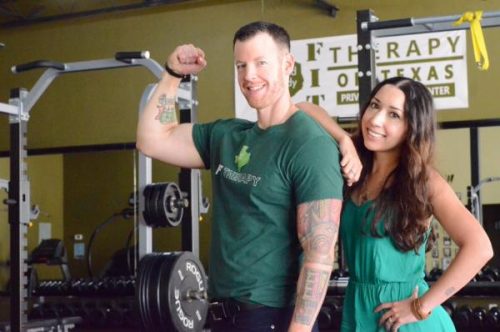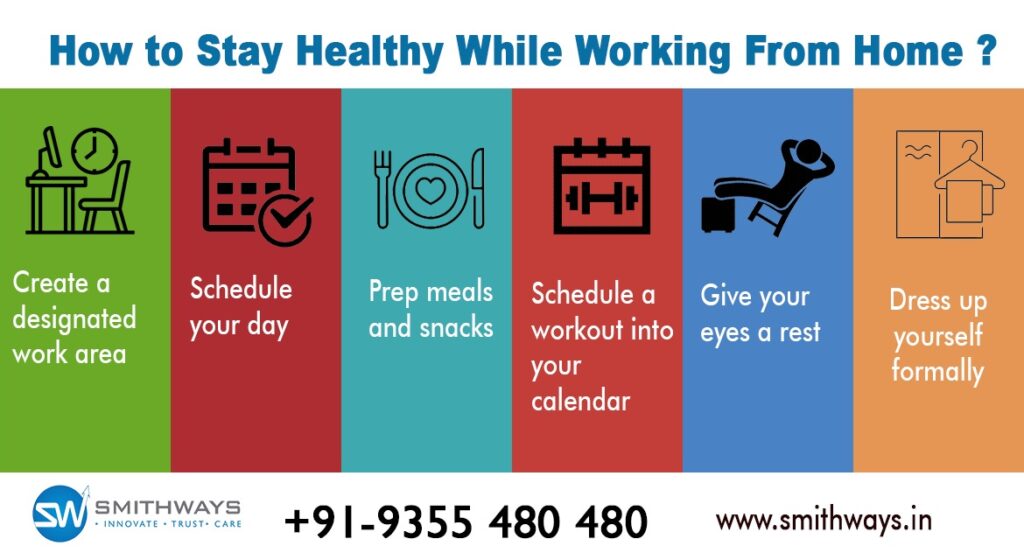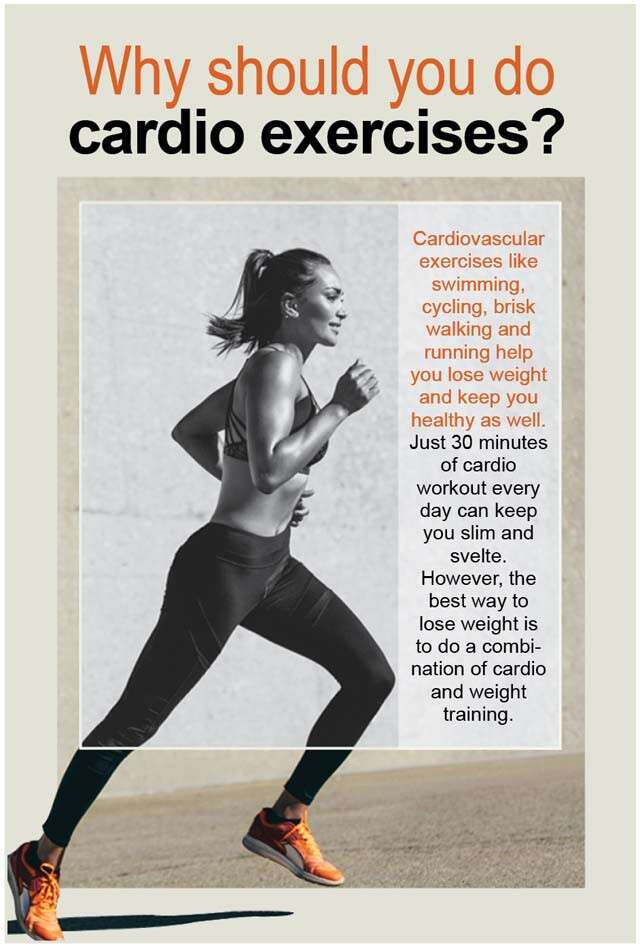
Many women are unhappy with the appearance of their legs. Women can tone their legs quickly and easily with leg exercises for women. For best results, try exercises that build strength in the lower body. Here are some great leg exercises for ladies. These exercises will help transform your legs into muscular, long-lasting muscles. Start by doing these easy exercises every day for at least five minutes.
Women can benefit from many leg workouts. These workouts are safe and require no equipment or complicated movements. You can use free weights, machines at the gym, or your own bodyweight to perform these routines. Warm-ups are important to avoid injury and get the most from your leg workouts. Once you're comfortable, start activating your legs. Health professionals use activation exercises for addressing compensation issues and improving overall health.

Perform the following exercise to focus on your legs: Calf muscle. Now, squeeze your lower leg towards your butt. Now, raise your leg 90 degrees and lower it back down again. For 20 reps, do the same. You can lift your leg with a machine if you are unable to bear the pain. Particularly effective for toning your legs are the calf muscle.
Women's leg exercises have more benefits than just their appearance. It helps to strengthen your lower body's functional strength. This supports your core and back. The largest muscle groups in your lower body are also those responsible for supporting other body parts, such as the arms and shoulders. Flexibility and strength in your legs will make it easier for you to exercise and improve your overall health. This is the most important element of a leg training program, so add it to your fitness regimen.
Begin by lying on your back, with your legs straight out in front of you. Fold a towel to the floor and stand on it. Next, put your hands on the floor and raise your right heel. Afterward, you can return to your starting position and repeat. Make sure you stretch your calf muscles after this exercise to make them stronger and more flexible. This exercise will help you reach your fitness goals and make you look fantastic, so do it often.

For beginners, it is important to choose exercises that focus on the lower part of their body. The basic squat is one of the easiest leg workouts for women, and should be performed by most women. You can add more exercises to increase the difficulty. For the more advanced lifters you can include single-leg moves, hip-hinge, plie and hip-hinge. You should also focus on quadriceps when working out your legs. They are the primary muscles of the lower body.
FAQ
How can I live the best life possible every day?
Finding out what makes your heart happy is the first step to living a fulfilled life. Once you have a clear understanding of what makes you happy you can go backwards. You can also ask others how they live their best lives everyday.
You can also check out books like "How to Live Your Best Life" from Dr. Wayne Dyer. He speaks about happiness and fulfillment in all areas of life.
How do I know what's good for me?
You need to listen to your body. Your body knows what you need when it comes time to eat, exercise, and get enough rest. To avoid overdoing it, it's important that you pay attention to what your body is telling you. You must listen to your body to ensure you are healthy.
Which diet is best for me?
Your lifestyle and individual needs will determine the best diet for your body. You should also consider how much energy your exercise consumes, whether you like low-calorie or high-calorie foods, and what you enjoy in terms of eating fruits and veggies.
Intermittent fasting may be a good choice if you want to lose weight. Intermittent eating means that you only eat specific meals throughout the day. This is in contrast to three large meals. You may find that this method works better for you than traditional diets that include daily calorie counts.
Intermittent fasting has been shown to improve insulin sensitivity, reduce inflammation and lower the risk of developing diabetes. Research suggests that intermittent fasting can promote fat loss and improve overall body composition.
Statistics
- WHO recommends reducing saturated fats to less than 10% of total energy intake; reducing trans-fats to less than 1% of total energy intake; and replacing both saturated fats and trans-fats to unsaturated fats. (who.int)
- WHO recommends consuming less than 5% of total energy intake for additional health benefits. (who.int)
- This article received 11 testimonials and 86% of readers who voted found it helpful, earning it our reader-approved status. (wikihow.com)
- According to the Physical Activity Guidelines for Americans, we should strive for at least 150 minutes of moderate intensity activity each week (54Trusted Source Smoking, harmful use of drugs, and alcohol abuse can all seriously negatively affect your health. (healthline.com)
External Links
How To
What does the term "vitamins" mean?
Vitamins are organic compounds found naturally in food. Vitamins aid us in absorbing nutrients from the food we eat. The body cannot make vitamins; therefore, they must be obtained from food.
There are two types if vitamins: water soluble, and fat soluble. Water-soluble vitamins dissolve in water easily. Examples include vitamin C,B1 (thiamine), B2 (riboflavin), B3 (niacin), B6 (pyridoxine), folic acid, biotin, pantothenic acid, and choline. The liver and fat soluble vitamins are stored within the liver and in fatty tissue. Some examples include vitamin D and E, K, A and beta carotene.
Vitamins can be classified according to biological activity. There are eight major groups of vitamins:
-
A - essential for normal growth and maintenance of health.
-
C - essential for nerve function and energy generation.
-
D - Vital for healthy bones and teeth
-
E is necessary for good vision, reproduction.
-
K - essential for healthy muscles, nerves, and bones.
-
P - Vital for strong bones and teeth.
-
Q - Aids digestion and iron absorption
-
R is required for the production of red blood cells.
The recommended daily allowance (RDA) of vitamins varies depending on age, gender, and physical condition. The U.S. Food and Drug Administration (FDA) sets the RDA values.
For adults over 19, the RDA for vitaminA is 400 micrograms per daily. Pregnant mothers need 600 micrograms per days because it is vital for the development and growth of their baby. Children ages 1-8 require 900 micrograms per day. Babies under one-year old require 700 mg per day. Between 9 and 12 years of age, however, this drops to 500 mg per day.
Children ages 1-18years who are obese need 800 micrograms per day while those who are overweight need 1000 micrograms per day and children who are underweight need 1200 micrograms per day to meet their nutritional needs.
Children 4-8 years old who have anemia must consume 2200 micrograms of Vitamin C daily.
2000 micrograms daily is required for adults over 50 to maintain their general health. Women who are pregnant or breastfeeding need 3000 micrograms per day due to increased nutrient requirements.
Adults over 70 years of age need 1500 micrograms per day since they lose about 10% of their muscle mass each decade.
Women who are pregnant, nursing or breastfeeding need more than the RDA. Pregnant mothers need 4000 micrograms per daily during pregnancy and 2500 after giving birth. Breastfeeding mothers need 5000 micrograms per day when breast milk is being produced.